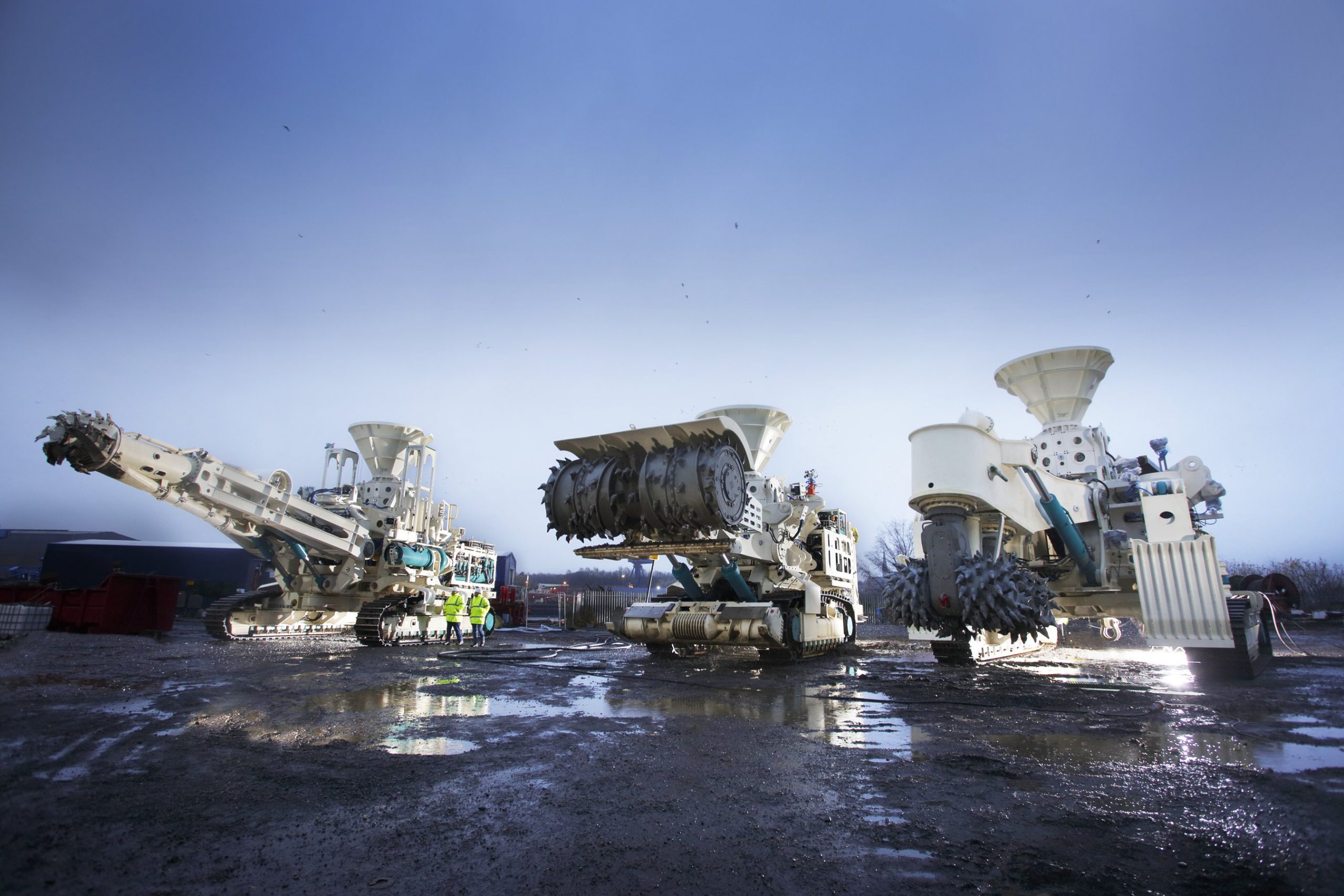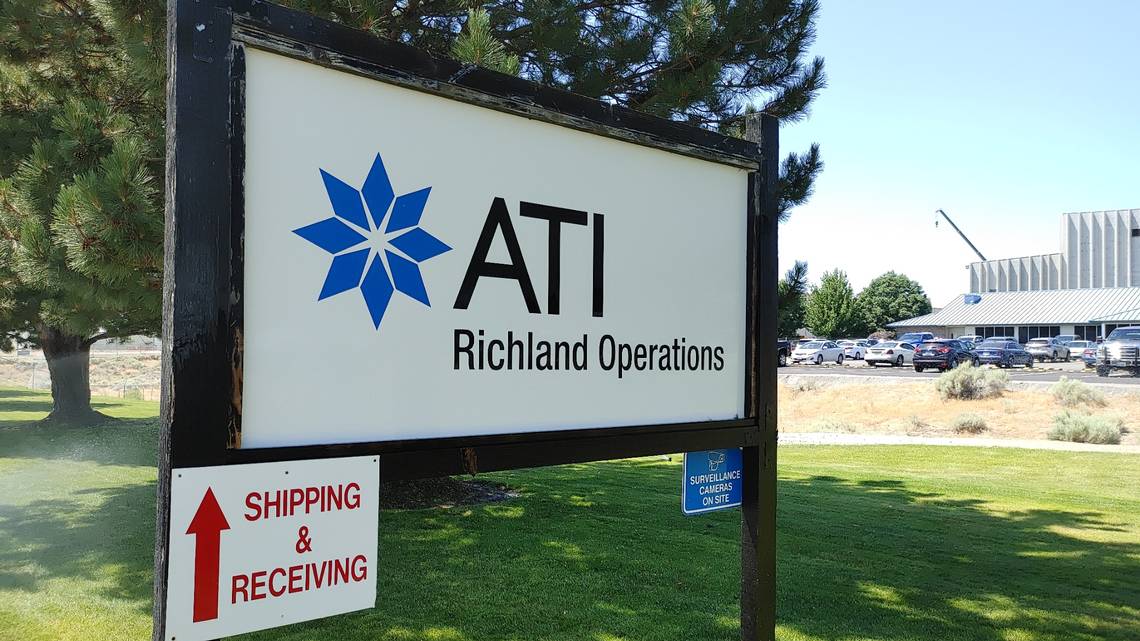
The electric vehicle (EV) industry’s rapid growth drives demand for efficient batteries. Silicon anode materials emerge as a promising technology. They could replace traditional graphite anodes in lithium-ion batteries.
Advancements in Silicon Anode Production
HPQ Silicon will build a production facility in northern Germany. They will use their Purevap Quartz Reduction Reactor (QRR) technology. This technology produces high-purity silicon for anodes. It also captures carbon off-gas for green synthetic fuels. This process enhances sustainable EV battery production.
In the U.S., NanoGraf is advancing with its Onyx silicon oxide-based anode material. This technology offers cost parity with synthetic graphite. It increases battery cell energy density by 30%. NanoGraf is expanding production with a new plant in Flint, Michigan. A $60 million grant from the U.S. Department of Energy supports this expansion. SuperMetalPrice reports that these advancements are critical for the next generation of EV batteries.
Global Expansion and Future Outlook
The silicon anode production landscape is expanding globally. Companies like Sila Nanotechnologies and Group14 Technologies invest in manufacturing facilities in Moses Lake, Washington. They secure critical materials such as silane gas and silicon-carbon composites. Expanding production ensures a resilient supply chain.
Transitioning from pilot-scale to commercial production presents challenges. These include scaling production and managing supply chains. Investments signal commitment to overcoming these hurdles. Silicon anode technology will transform the EV battery market by 2030.











Leave a Reply
You must be logged in to post a comment.